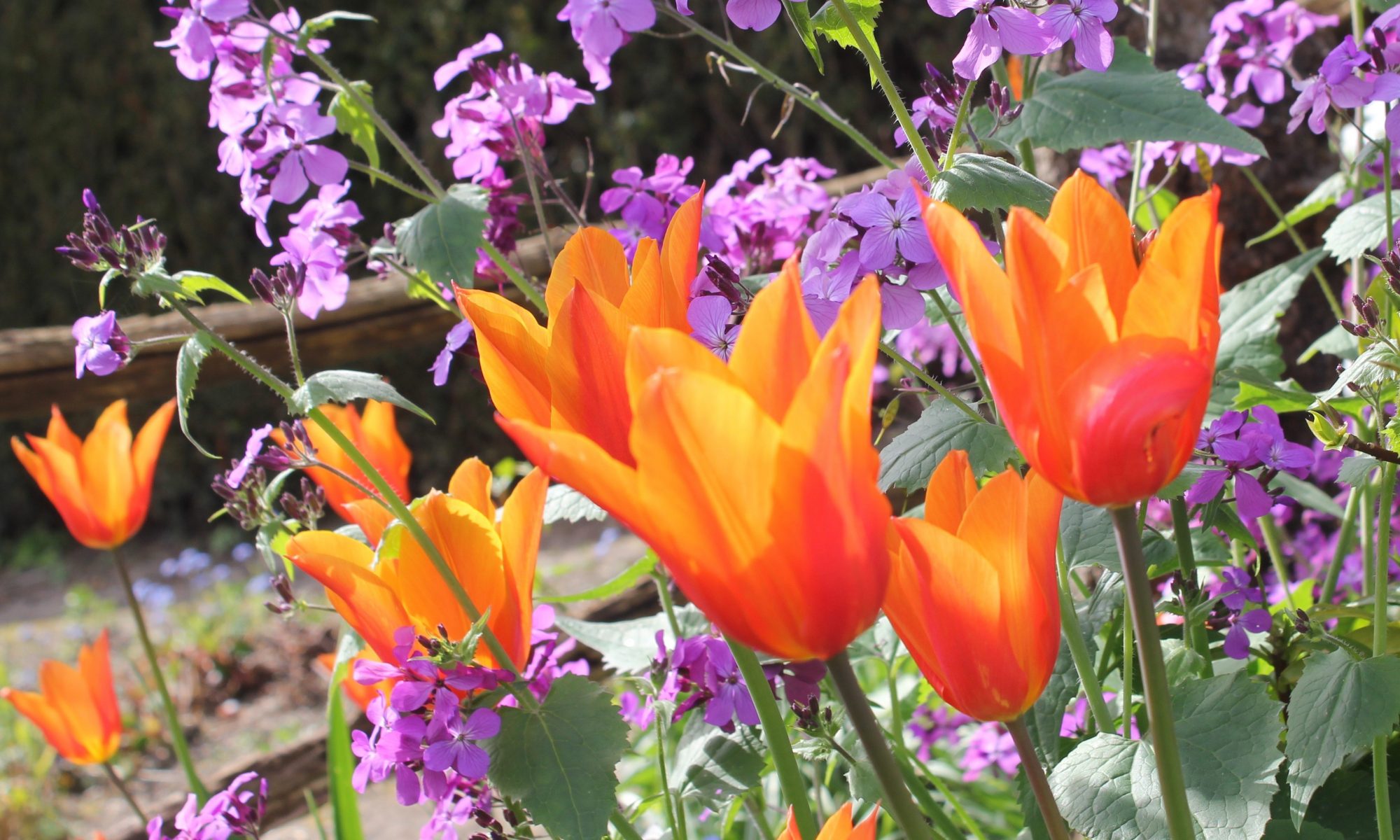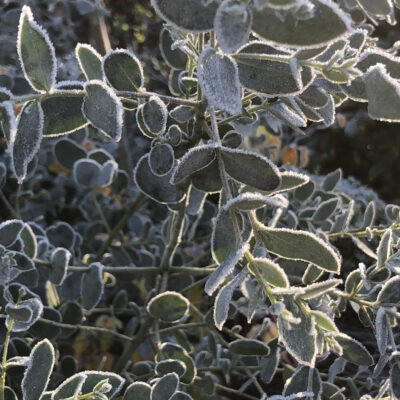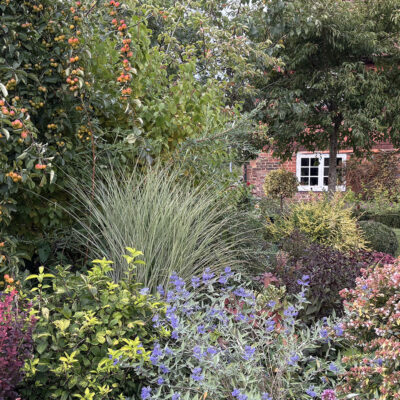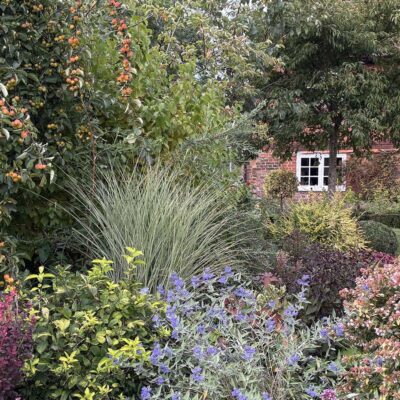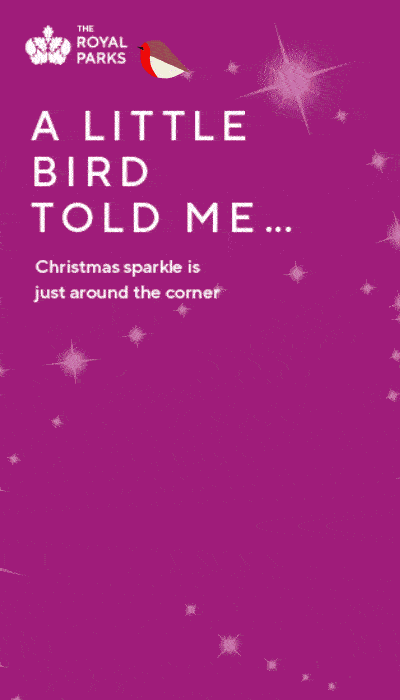Even before your garden is in full bloom it can be heavenly scented says Jo Arnell
It seems positively greedy to expect flowers to be fragrant at this time of the year – a glimpse of colour is treat enough when we’ve been waiting all winter. The glad news is that there are quite a few scented plants around in early spring, pumping out their perfume to attract early pollinating insects. Many of the dainty woodlanders and demure, shade loving shrubs need to have fragrance; in fact they might get overlooked if it weren’t for their scent. In summer, scents abound and we can surround ourselves with fragrant plants – roses and lilies are a heady mix, with deep, sensual undertones. Spring flowers exude lighter, fresher notes – more Doris Day than Gina Lollobrigida, but that’s just what we need to wake us up to the delights of the coming season.
Where to grow spring scented plants
It’s easy to get lost in the visual when planning a planting scheme, we’re often drawn to colour or filling gaps in borders, at the expense of scent. If possible, situate fragrant plants in a warm, sheltered spot where aromas will intensify and not be blown away by strong spring winds. Use containers, or prune shrubs with care to keep scents at nose height.
A well-placed scented plant is an uplifting thing in its own right, but because our sense of smell is located in the limbic system in the brain, where emotions and long-term memories are lodged, the scent may also create, or trigger, evocative and powerful memories. Fill spaces near paths, seating areas, or doorways with scented plants and they will be transformed. Just imagine, the mundane trip to and from the front door could become a delightful amble through a sensory paradise…
What to grow
In general, the closer you are to the species, the more fragrant a flower is likely to be; for instance a Primrose (the ‘prima’ rose) is scented, but its hybridised (I was going to say cultivated, but I can’t think of them as that) cousin Polyanthus is sterile and unscented. Flowers bred for their looks will often lose characteristics like scent. Plants with flouncy double flowers are hybrids and are usually sterile; they have no need for pollinators, so will not attract wildlife either. More frilly frou-frou on a flower generally means less fragrance. Luckily the plant breeders have realised and pay attention to other attributes than just looks now, so many cultivated versions of species plants retain their scent.
Woody plants
Blossom on trees and shrubs is one of the great delights of the season, but remember the above rule if you want fragrance from a tree or shrub, and go for single flowers, rather than flouncy doubles. The powerful scent will more than make up for shy, diminutive blooms.
Here are some of the best:
Daphne odora ‘Aureomarginata’ All Daphnes are highly scented, but can be a bit fussy, demanding conditions that are just right (perhaps they should be renamed ‘Goldilocks’?). This variety is evergreen with golden-edged leaves, its fragrant flowers emerging early in the season and carrying over a distance.
Osmanthus x burkwoodii is another evergreen with small box-like leaves and tiny white flowers that have an intense fragrance. This can be grown as a hedge, but if so, prune after flowering in late spring/early summer.
Viburnum x bodnantense ‘Dawn’ has tiny pink flowers with an intense fragrance which emerge on dark woody stems in late winter and early spring. Snip off a twig and bring into the house to put among your cut flowers, or even on its own in elegant starkness.
Buddleia alternifolia is technically verging on summer flowering, but this is the earliest of the Buddleias. Small lilac flower clusters smother the drooping branches, which is a gorgeous enough sight, but get closer and you’re in a bath of pure honey. And of course, being a Buddleia, it’s a magnet for butterflies and bees. The only downside is that when not in flower, like a starlet after a party, it’s a wild untameable mess. Only plant by a path if you can do what they’ve done to the one at Sissinghurst and turn it into a sort of weeping tree.
Climbers There are plenty of scented summer climbers – rose, jasmine, honeysuckle, sweet peas – but not so many for the spring. Clematis armandii ‘Apple Blossom’ is a good (but rampant), evergreen with large leaves and pale pink flowers; more fragrant still is the aptly named Clematis montana ‘Fragrant Spring’. Montanas are the earliest, most vigorous of the Clematis family and will quickly smother a wall or shed – ideal if you want total coverage, slightly overwhelming if not. Wisteria sinensis is another that will run amok if you let it, but with careful pruning (look at the beautiful, well-trained specimens on big old houses or National Trust properties), it can be kept in check.
Perennials and bulbs
Spring flowers thrive at the base of trees, making the most of the light before the canopy above closes over and many of these emit perfume to lure insects into the woods. In our gardens, these plants are brilliant for planting in containers, where we can raise them up out of lowly ground hugging situations and appreciate their beauty and scent.
When choosing daffodils, look for the smaller, less showy narcissi (i.e. not the giant varieties with hulking great trumpets) and you will find that many are scented and look good in containers.
The Hyacinth family contains our native (and scented) bluebell, together with the diminutive, delicately scented Muscari, or Grape Hyacinth, which will spread rapidly if allowed to naturalise.
Tulipa ‘Ballerina’ is a graceful, lily flowered tulip; warm orange in colour, with exceptional scent, it is fairly long-lived and the foliage doesn’t become as tatty as that of some tulips. Tatty foliage is an annoying after effect with bulbs; it needs to be left on, ideally for six weeks after the flowers have finished, so that the bulb can regain its strength and bulk up again. If planted in a pot, simply shove behind the shed until the leaves have turned yellow, in the borders, try planting among early biennials, so that the bulb foliage gets hidden by a frothy skirt of forget-me-nots or spicily scented wallflowers.
Spreading carpets of scented Lily of the Valley are wonderful in shady areas. Once established, they will romp away and provide ground cover (to the point of being invasive). Another scented carpeting bulb is wild garlic, commonly called Ramsons, which look very pretty en masse in a woodland situation, but will quickly dominate in the garden, swamping all the other, more delicate plants. A soft spread of scented native primroses works better on a domestic scale.
The fresh spring air is a lovely thing to experience. Add some scented plants to the mix and the effect will be truly glorious. It is possible for us all to create a fragrant haven in the garden right now. It won’t get that way on its own, though. So whip-crack-away, as Doris Day would say; let’s get out there.
For details of Jo’s gardening courses contact her on 01233 861149 hornbrookmanor.co.uk
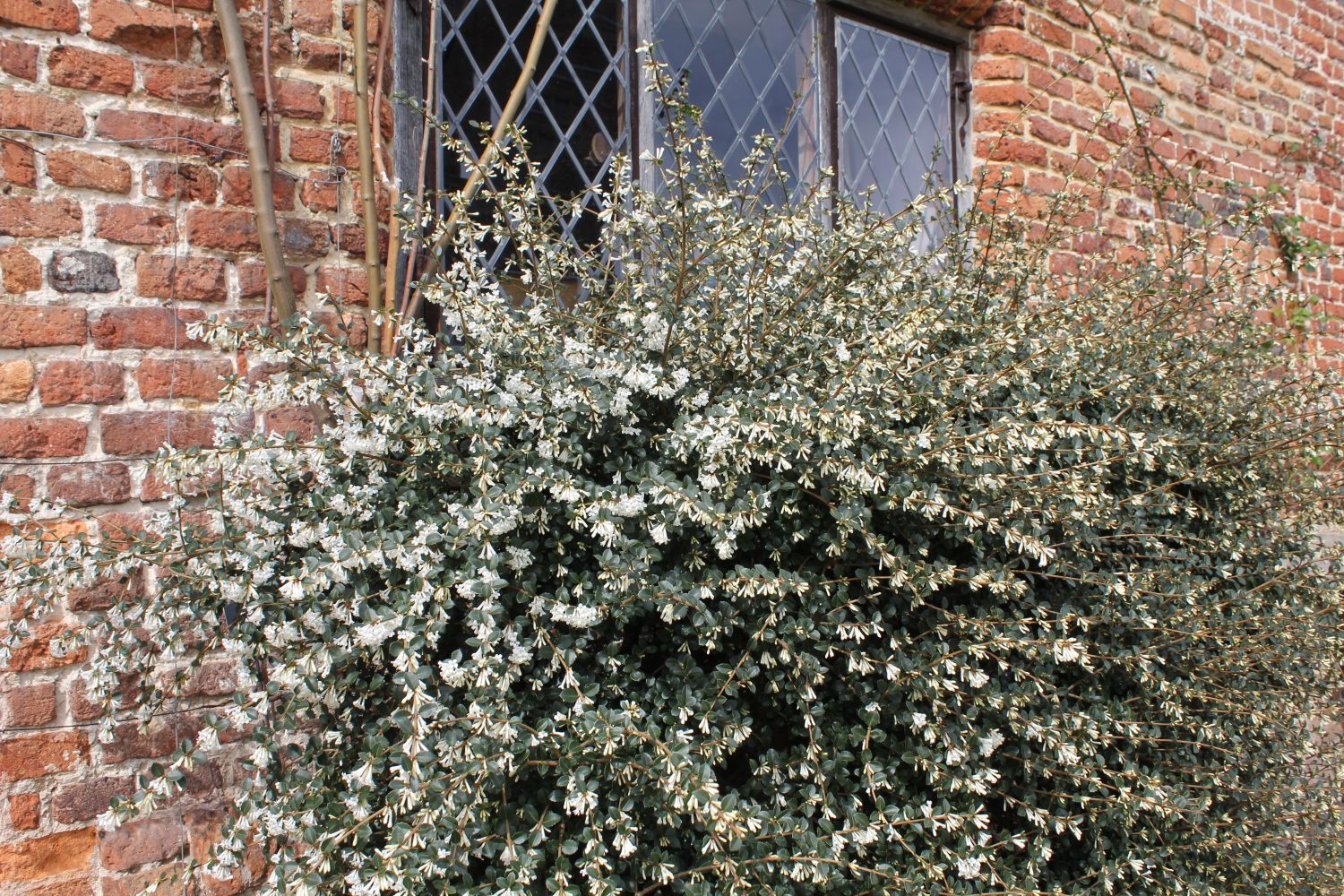
Osmanthus x burkwoodii is an evergreen with small box-like leaves and tiny white flowers that have an intense fragrance
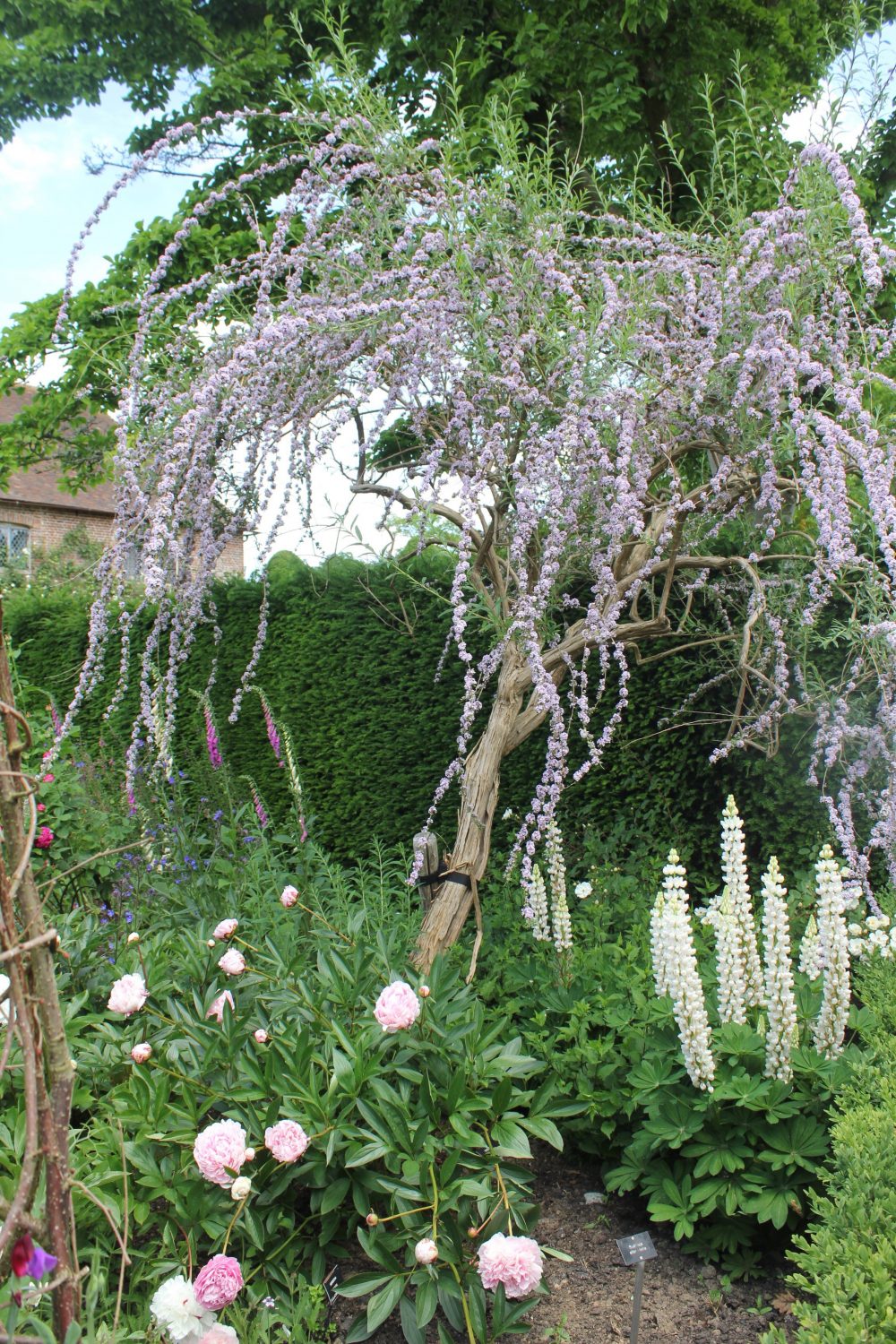
Blossom on trees and shrubs is one of the great delights of the season
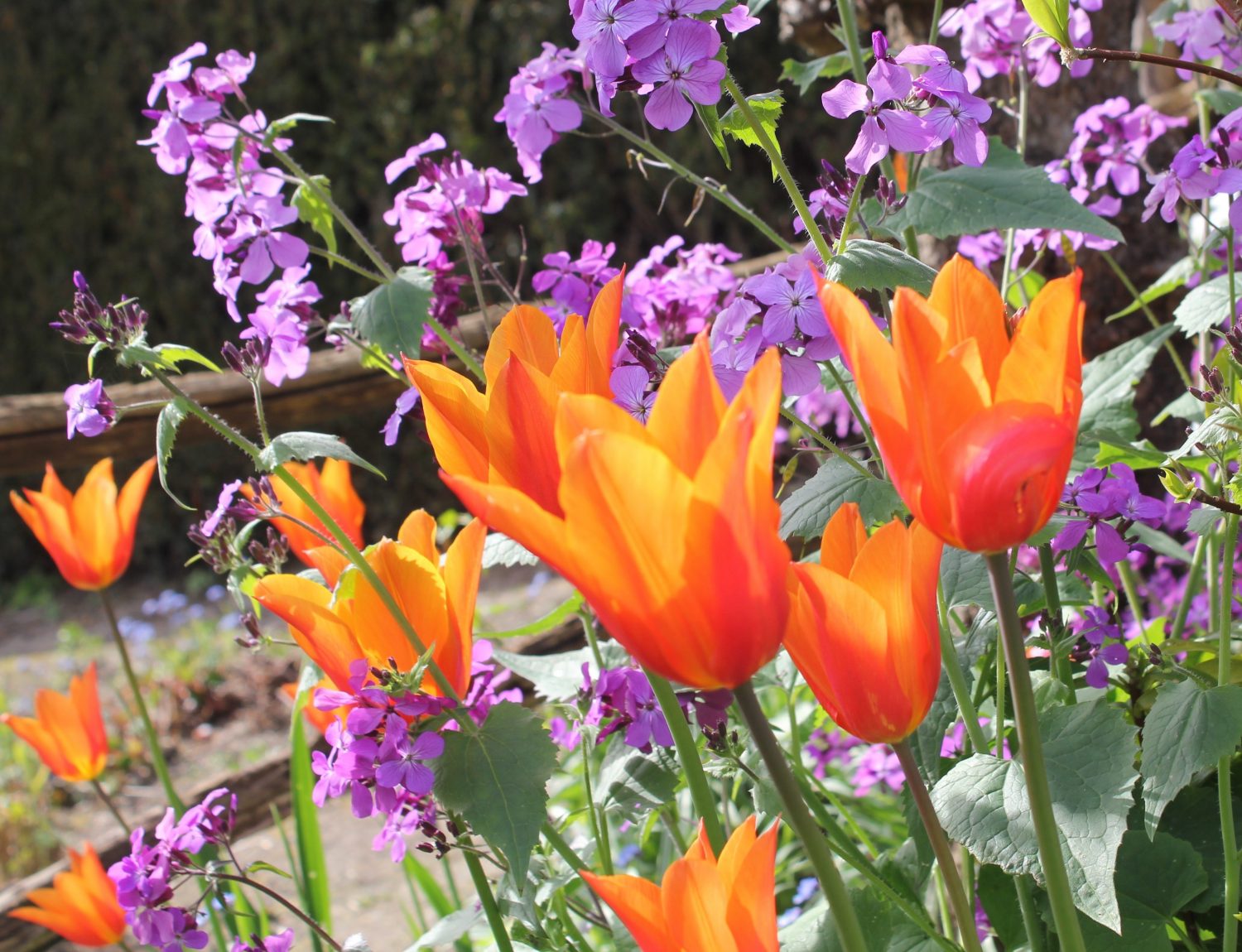
Beautiful and graceful, Tulipa Ballerina
You may also like
In the bleak midwinter
Jo Arnell explains how to brave the dark and chilly winter blues with a little help from your garden Winter can be hard for some of us and Seasonal Affective Disorder (SAD) is a real thing, linked to the lack...
Let’s go local
Jo Arnell gives her recommendations for plants that thrive naturally in the great British climate Our native plants are tough. Able to survive frosts, wet winters and – once established – short periods of drought too. They are the bedrock,...
In Shrubs We Trust
Jo Arnell pays attention to some often-overlooked garden stalwarts Shrubs are back. I’m not sure that they ever went away to be honest, but drifts of perennials and meadow plants have been stealing the limelight in recent years. Perhaps it’s...
